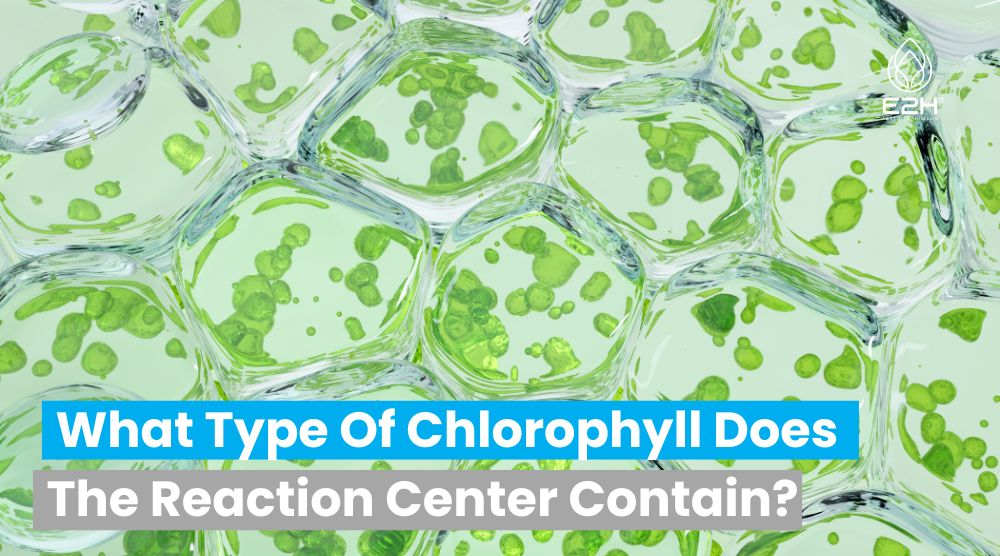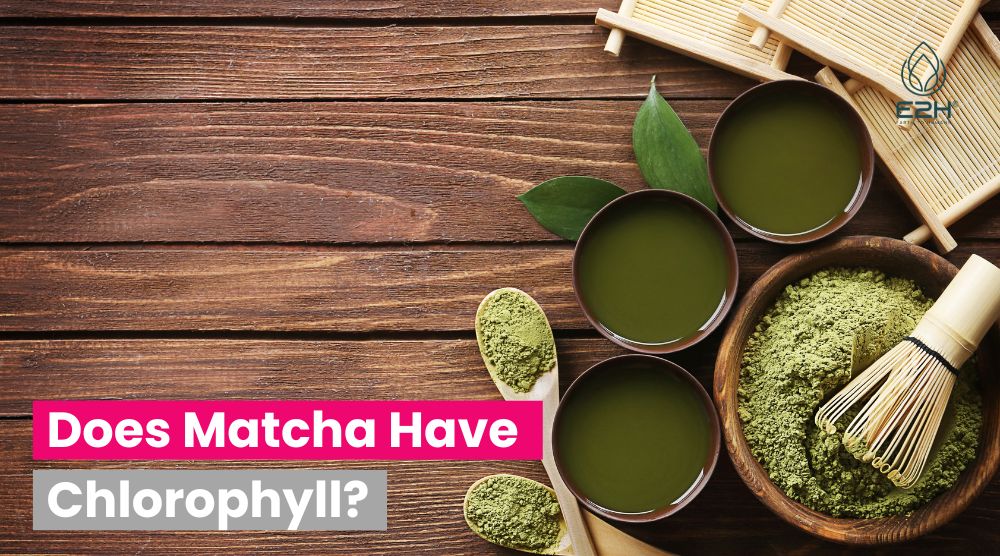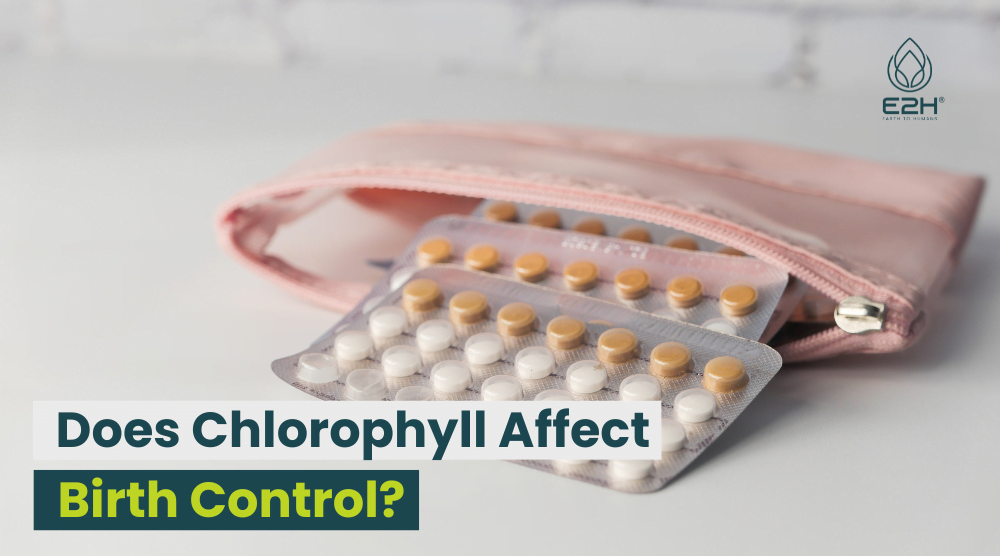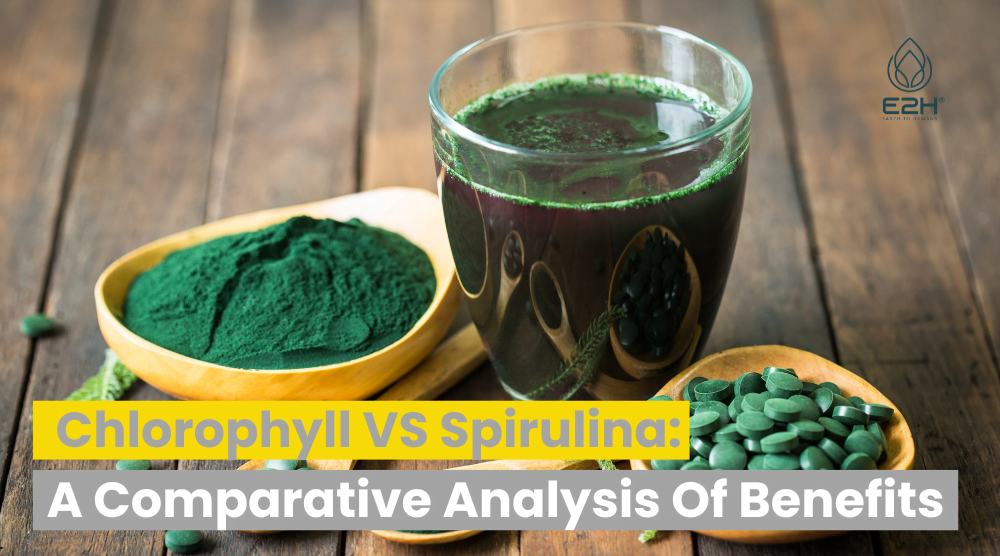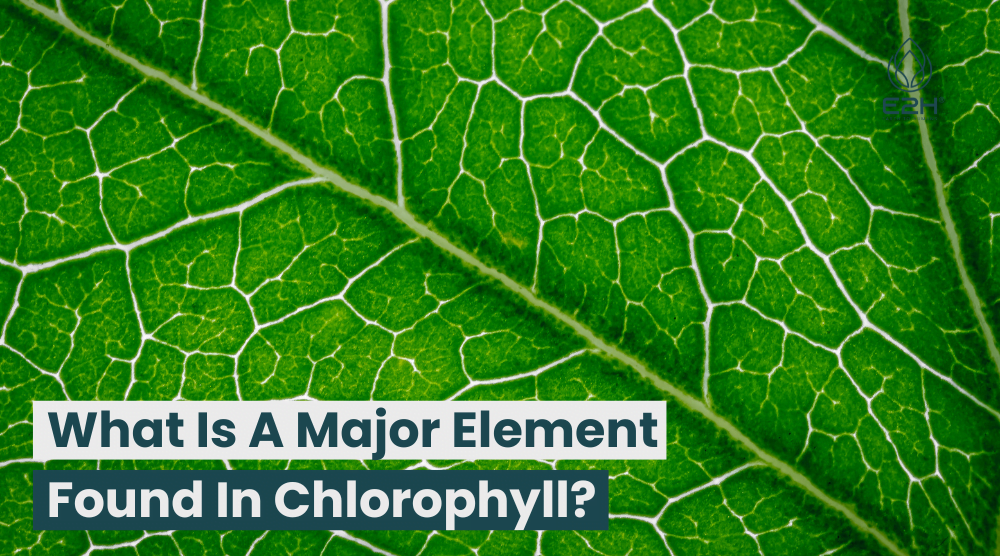What Type Of Chlorophyll Does The Reaction Center Contain: The reaction center of photosystems I and II contains both chlorophyll a and chlorophyll b. This is because chlorophyll a is the primary pigment involved in photosynthesis, while chlorophyll b complements its function by absorbing light energy in the blue and yellow regions of the spectrum. Thus, both types of chlorophyll are crucial for the proper functioning of the photosynthetic reaction centers and the photosynthetic process.
What is chlorophyll, and how does it work?
Chlorophyll is a green pigment found in the chloroplasts of plant cells that is essential for the process of photosynthesis. It absorbs light energy from the sun, which is then used to convert carbon dioxide and water into organic molecules such as glucose. Chlorophyll works by absorbing light energy in the red and blue regions of the electromagnetic spectrum, and reflecting green light, which gives green plants, their characteristic color.
This absorbed energy is then transferred to the reaction center of the photosystems in the chloroplasts, where it drives the photochemical reaction that converts light energy into chemical energy. Without chlorophyll, green plants, would be unable to produce the energy they need to survive and grow.
The structure of the reaction center
The reaction center is a complex protein structure found in the thylakoid membrane of chloroplasts. It is composed of multiple subunits that work together to facilitate light harvesting and the transfer of electrons during the process of photosynthesis. Within the reaction center, there are two chlorophyll a molecules that act as the primary electron acceptors, and multiple accessory pigments that help to capture and transfer light energy.
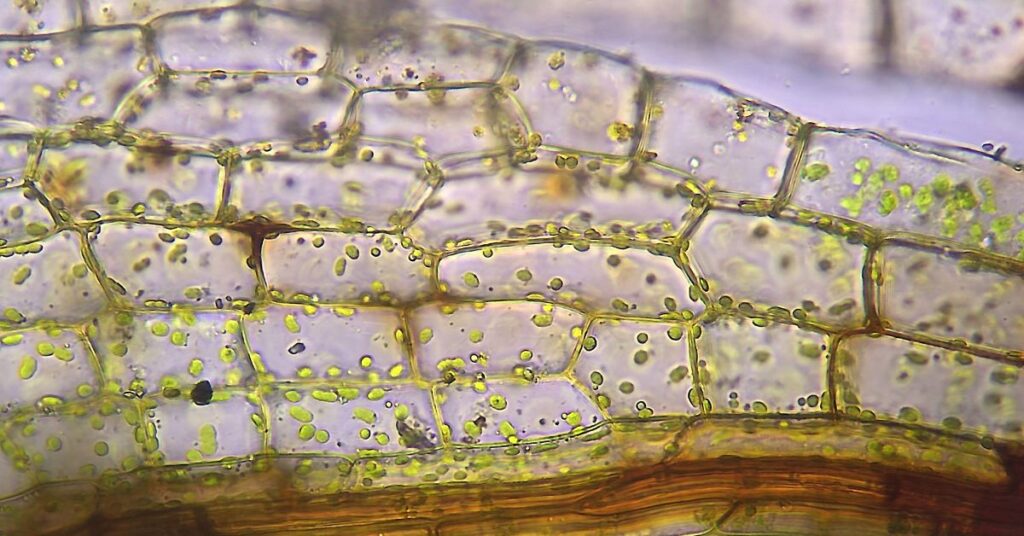
These pigments are organized into two distinct photosystems, photosystem I and photosystem II, which are responsible for different aspects of the photosynthetic process. The structure of the reaction center is critical to the functioning of photosynthesis, as it allows for the efficient capture and electron transfer of of light energy and the production of chemical energy.
What Type Of Chlorophyll Does The Reaction Center Contain?
The reaction center and plasma membrane of photosystems I and II contains two primary types of chlorophyll, chlorophyll a and chlorophyll b. Chlorophyll a is the primary pigment involved in photosynthesis, and it is responsible for absorbing light energy in the red and blue regions of the electromagnetic spectrum. Chlorophyll b, on the side of the membrane the other hand, complements the function of chlorophyll a by absorbing light energy in the blue and yellow regions of the spectrum. This allows for a broader range of light energy to be absorbed and transferred to either side of the membrane reaction center.
The chlorophyll molecules in the reaction center are organized into two distinct photosystems. Photosystem II contains more chlorophyll a molecules than photosystem I, and is responsible for capturing light energy and using it to make hydrogen ions whose atoms drive the production of ATP through the process of photophosphorylation. Photosystem I contains more chlorophyll b molecules than photosystem II, and is responsible for the water molecules using the energy captured by photosystem II to produce NADPH, which is used to make hydrogen ions whose atoms power the dark reactions of photosynthesis.
Both types of chlorophyll play critical roles in the photosynthetic process, and their presence in the reaction center is essential for the efficient conversion of light energy into chemical energy. In addition to the pair of chlorophyll molecules, the reaction center also contains other accessory pigments, such sugar molecules such as carotenoids, that help to protect the reaction center from damage by excess light and reactive oxygen species. Understanding the types of chlorophyll present in the reaction center and their functions is crucial to understanding the photosynthetic process and the role of plants in our ecosystem.
The function of chlorophyll in the reaction center
The primary function of chlorophyll in the reaction center is to absorb light energy and transfer it to the photosystems, where it can be used to drive the process of photosynthesis. Chlorophyll is responsible for capturing light energy in the red and blue regions of the electromagnetic spectrum, which is then transferred to the reaction center for conversion into chemical energy.
Chlorophyll also works in conjunction with other pigments and proteins in the reaction center to facilitate the transfer of electrons and the production of ATP and NADPH, which are essential for powering the dark reactions of photosynthesis. Overall, the presence of chlorophyll in the reaction center is essential for the efficient conversion of light energy into chemical energy, which is critical for the survival and growth of plants.
Why chlorophyll a is called reaction center?
Chlorophyll a is called the light reaction center because it is the primary pigment involved in the light-dependent reactions of photosynthesis. The reaction center is the site where light energy is first captured and then transferred to other molecules in the photosystems, leading to the production of ATP and NADPH.

Chlorophyll a is responsible for electron transport by capturing the light energy and passing it two electrons and on to the other molecules in the reaction center. It plays a crucial role in the photosynthetic process by facilitating the transfer of electrons between sugar molecules and the conversion of light energy into chemical energy. Due to its central role in electron transport chain the reaction center, chlorophyll a is often referred to as the primary electron acceptor.
Which chlorophyll is from the reaction centre?
The chlorophyll molecule that is primarily found in the reaction center of the photosystems is chlorophyll a. Chlorophyll a is the most abundant and important pigment involved in photosynthesis, as it is directly involved in the transfer of electrons during the light-dependent reactions. The reaction center of the photosystems contains two molecules of chlorophyll a, which act as primary electron acceptors and are responsible for the initial capture excited electron transport, and transfer of excited electron and light energy.
Chlorophyll b, which is also present in the reaction center, acts as an accessory or pigment molecule that complements the function of electron transport) of chlorophyll a by the excited electron carrier and absorbing light energy in the blue and yellow regions of the spectrum. However, it is chlorophyll a that plays the central role in the reaction center of the photosystems.
What type of chlorophyll does the reaction center in a leaf contain and what is its function?
The reaction center in a leaf contains mainly chlorophyll a, which is the primary pigment involved in the light-dependent reactions of photosynthesis. Chlorophyll a is responsible for capturing light energy and transferring it to other molecules in the photosystems of the reaction center, leading to the production of ATP and NADPH.
It plays a crucial role in the photosynthetic process by facilitating the transfer of high energy electron and of electrons and the conversion of electron transport and light energy into chemical energy. Chlorophyll b is also present in the reaction center as an accessory pigment that complements the function of chlorophyll a. Together, these pigments work to capture and make electron transfer and light energy for the efficient conversion of electron transport and lose energy into carrier and electron transport and light energy into chemical energy.
What does the reaction centre consist of?
The reaction center is a complex of proteins, pigments, and cofactors that are involved in the initial stages of photosynthesis. It is a specialized region of the photosystem where light energy is first captured and then converted into chemical energy. The reaction center consists of protein complexes made of several pigment molecules, including primarily chlorophyll a, along with other accessory pigments such as chlorophyll b and carotenoids.
The reaction center complex also contains specialized proteins and cofactors that are involved in the transfer of electrons and the production of ATP and NADPH. Overall, the reaction center complex is a complex and highly organized structure that plays a central role in the conversion of light energy into chemical energy in photosynthesis.
How does the conversion of light energy into chemical energy during photosynthesis impact the environment?
Photosynthesis is the primary process by which plants, algae, and some bacteria convert light energy into chemical energy. This process has a significant impact on the environment as it is responsible for the production of oxygen and the removal of carbon dioxide from the atmosphere.

The conversion of light energy into chemical energy during the process called photosynthesis is also responsible for the production of food and biomass that forms the basis of most ecosystems. Furthermore, photosynthesis plays a critical role in regulating the Earth’s climate by reducing the levels of greenhouse gases in the atmosphere. Overall, the process of photosynthesis is essential for maintaining the health and stability of the Earth’s ecosystems and the environment as a whole.
Which types of chlorophyll molecules are most effective at absorbing blue light?
Chlorophyll a and chlorophyll b are both effective at absorbing blue light, which has a wavelength of around 400-500 nm. However, a pair of chlorophyll, a is more efficient at absorbing blue light than a pair of chlorophyll molecules, b.
This is because the molecular structure of chlorophyll a allows hydrogen atoms in it to absorb light at slightly shorter wavelengths than chlorophyll b, giving it a slightly shorter wavelength and higher absorption efficiency red light in the blue region of the spectrum. The absorption of blue light by a pair of chlorophyll a molecules is an important step in the process of photosynthesis, as it provides the energy needed to drive the production of ATP and NADPH, which are essential for the synthesis of carbohydrates and other biomolecules.
Chlorophyll is necessary for Photosynthesis
FAQs
Is chlorophyll the only pigment involved in photosynthesis?
No, there are two molecules and other pigments involved in photosynthesis, including carotenoids and phycobilins.
What is the role of carotenoids in the reaction center?
Carotenoids are accessory pigments pigment molecules that help to protect the reaction center from damage by excess light and reactive oxygen species. They also absorb light energy and transfer it to chlorophyll molecules.
Can chlorophyll absorb all wavelengths of light?
No, chlorophyll can only absorb light in the red light blue bright green and red light other regions of absorption spectrum of the electromagnetic spectrum.
What are the available forms of chlorophyll?
Chlorophyll is available in various forms such as liquid, powder, and capsules for different applications like supplements and food coloring.
Conclusion
I think you got the answer of ‘What Type Of Chlorophyll Does The Reaction Center Contain?’ this question. So, In the end, chlorophyll is a critical pigment involved in photosynthesis, and it plays a crucial role in the reaction center of photosystems I and II. Chlorophyll a is the primary pigment involved in photosynthesis, and chlorophyll b complements it by absorbing light energy in the blue and yellow regions of the spectrum.
Together, these pigments work to absorb light energy and transfer it to the reaction center, where it drives the photochemical reaction that converts light energy into chemical energy. Chlorophyll also helps to protect the reaction center from damage by excess light and reactive oxygen species. Understanding the types of chlorophyll present in the reaction center and their functions is crucial to understanding the photosynthetic process and the role of plants in our ecosystem.
